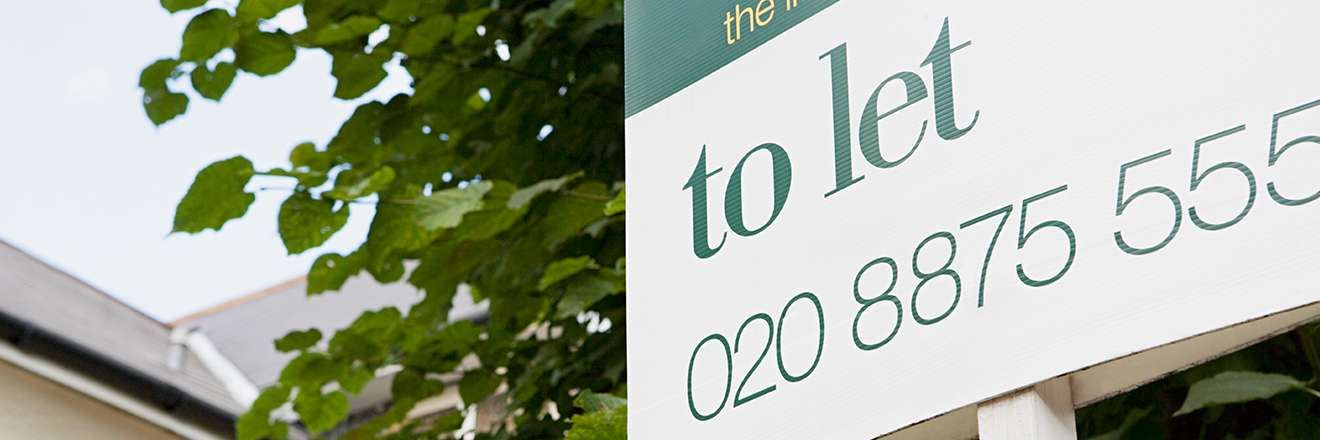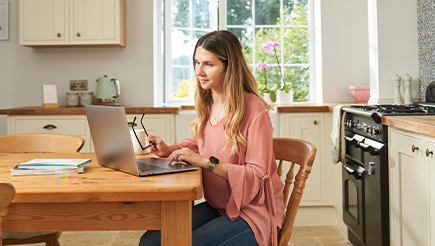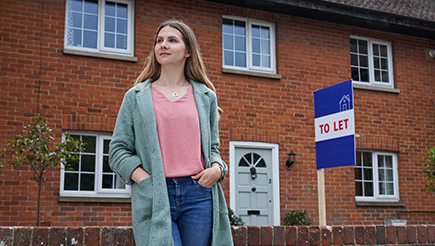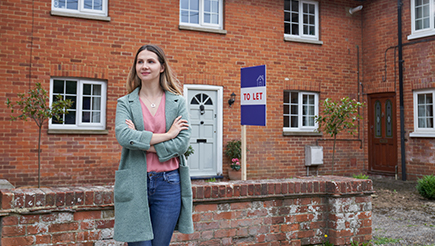The buy to let market has boomed since the financial crisis, and research by PwC UK predicts that by 2025 almost a quarter of the UK’s homes will be rented privately.
This bodes well for would-be landlords, but there's still plenty to think about before joining the rental property rush.
Understanding the market
Buy to let properties can deliver returns in two ways: rental income and capital appreciation (rising house prices). To tap into either, you'll need to understand the property market.
National papers and financial advice websites report house market prices and trends, but you can also get statistics directly from organisations like the Royal Institution of Chartered Surveyors and Nationwide’s House Price Index. Remember to look closely at regional and local variations, as there can be big divides.
Knowing your customer
The type of tenants your property will attract depends on amenities, employers, transport links and space. Once you have an idea who you're targeting, look out for other selling points, whether it's access to high-speed broadband or school catchment areas – and beware of potential risks like plans for building work in the area.
Covering costs
When you buy to rent, your property must meet legal standards before it can be tenanted. This means bringing the property into a fit state of repair. So, when you buy a property you'll need to budget for surveys, repairs and renovations.
Property management
Once the property's ready to let, you'll need to:
- find tenants
- check their right to rent
- organise contracts
- get a House in Multiple Occupation (HMO) licenceif you rent to more than one tenant
- place deposits in a government-approved protection scheme
- collect rent
- manage ongoing issues
Alternatively, you could hire a letting agent to take on these tasks, usually for a fee between 5% and 15% of your total rental income. Agents may also provide you with additional buy to let advice.
Ongoing responsibilities
Once your property is occupied, you're responsible for maintaining:
- building structure
- sanitary fittings
- gas, water and electricity systems
- anything damaged while attempting repairs
You'll also have to declare your income to HMRC by completing an annual self-assessment.
Protecting your investment
You should take precautions to protect your investment in the long term as well. When buying residential landlord insurance, for example, consider extras like accidental damage or loss of rental income cover. You may also want to apply for National Landlords Association accreditation to prove your trustworthiness, and potentially earn reductions on HMO license costs.
It's not all work, money and obligation, however. When we surveyed tenants across the UK last year, 28% said their landlord had done something nice for them and 20% had returned the gesture. So while there’s a lot to think about before becoming a landlord for the first time, there’s certainly plenty of rewards too.
The buy-to-let landscape has changed a lot over the course of 2016, not entirely positively for property owners.
But it’s not all doom and gloom for investors aspiring to purchase a buy-to-let property – signals suggest that opportunity is still in store in the UK's landlord market.
Changing laws
2016 saw a number of big changes in buy-to-let laws and legislation. Perhaps the most talked about was the Stamp Duty surcharge introduced from April 2016 that adds 3% to the purchase price of buy-to-let properties. Additionally, changes to the wear and tear allowance requiring landlords to only claim for costs incurred will have an impact.
However, it’s the additional tax law changes that present an ongoing issue. Many landlords are concerned of the effect the phased removal of mortgage tax relief for landlords in higher income tax brackets could have, as it has the potential of creating tax charges of up to 45%.
In addition, the 2014 tightening of mortgage lending rules has made it a bit trickier to grab opportunities quickly.
Positive outlooks
Despite these buy-to-let changes, landlords have plenty of reasons to be optimistic. While the rules for lenders may have tightened, borrowing is still on the increase. In fact, August 2016 saw gross mortgage lending hit its highest levels since the 2008 financial crash. Better still, the Bank of England cut interest rates to 0.25% in the same month, meaning borrowing to buy is cheaper than ever.
Although confidence in the market dropped after the Brexit vote, the Royal Institute of Chartered Surveyors now reports that it's back on the rise and predicts a 3.3% increase in house prices over the next year. Meanwhile, Howard Archer of IHS Global Insight suggests that high employment and purchasing power, coupled with a continued shortfall in housing stock, bode well for the rental market.
Overall, it seems that the market remains ripe for investment. However, the recent changes will require reassessment of your finances and another look at how you can get the best value from your properties in the long-term.






